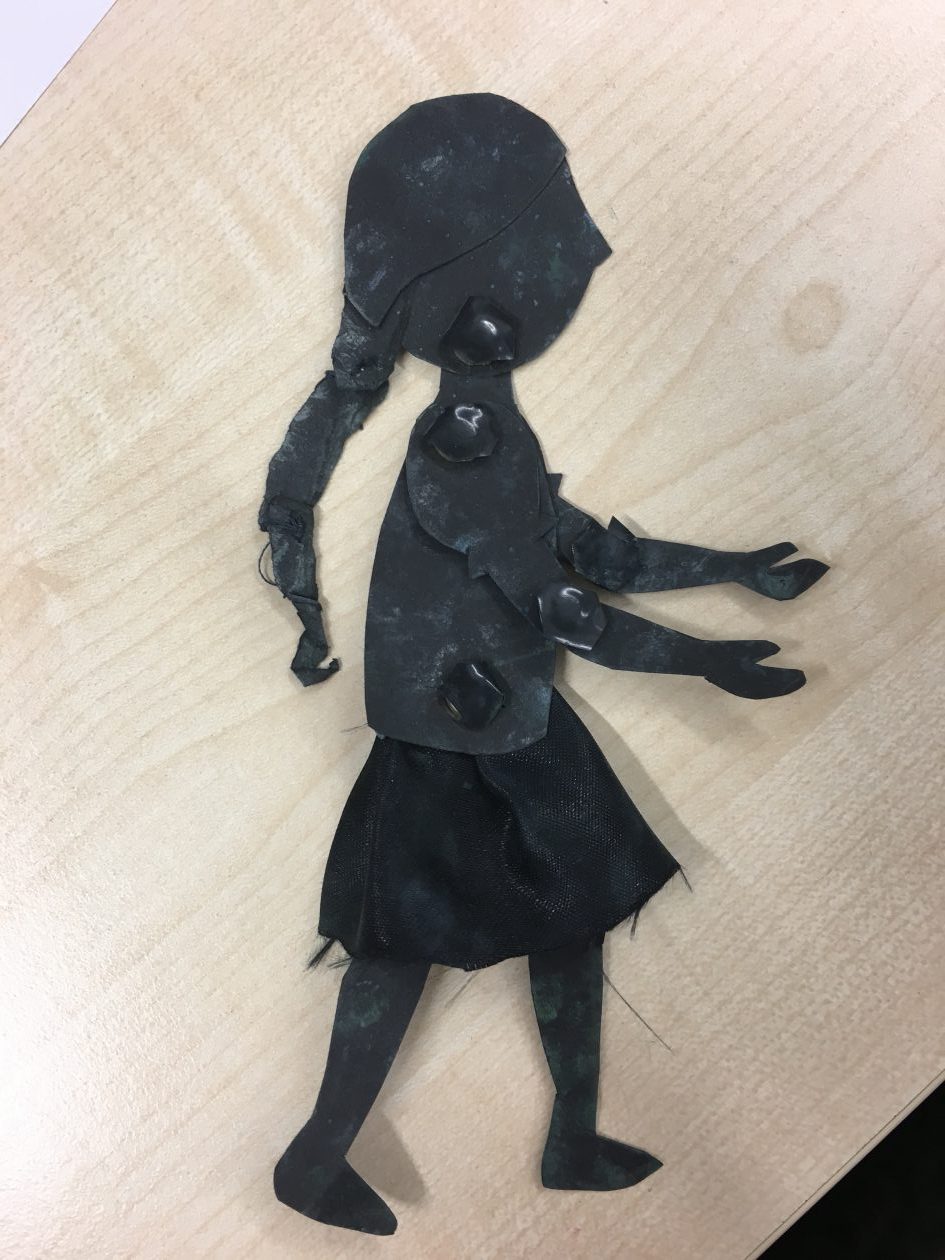
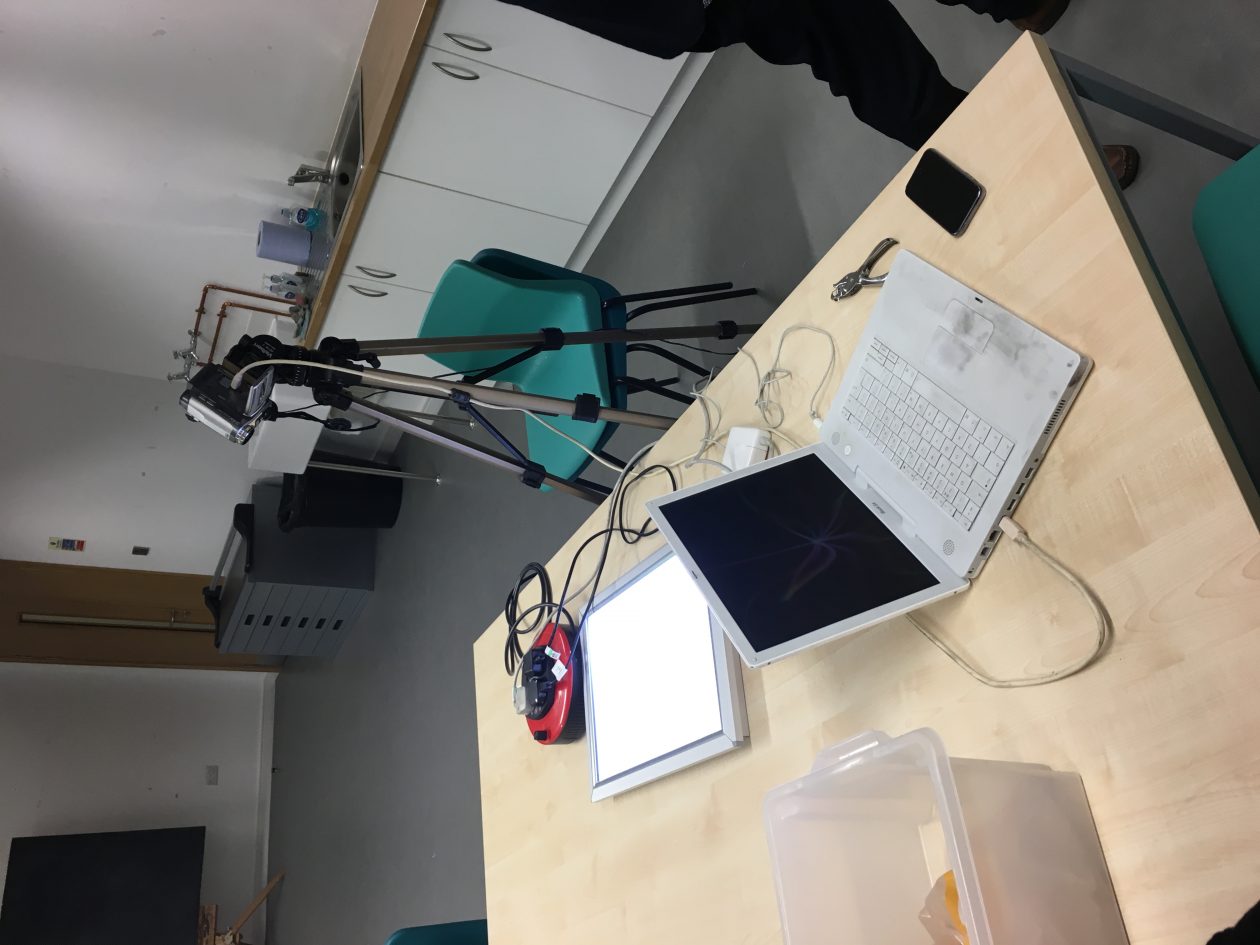
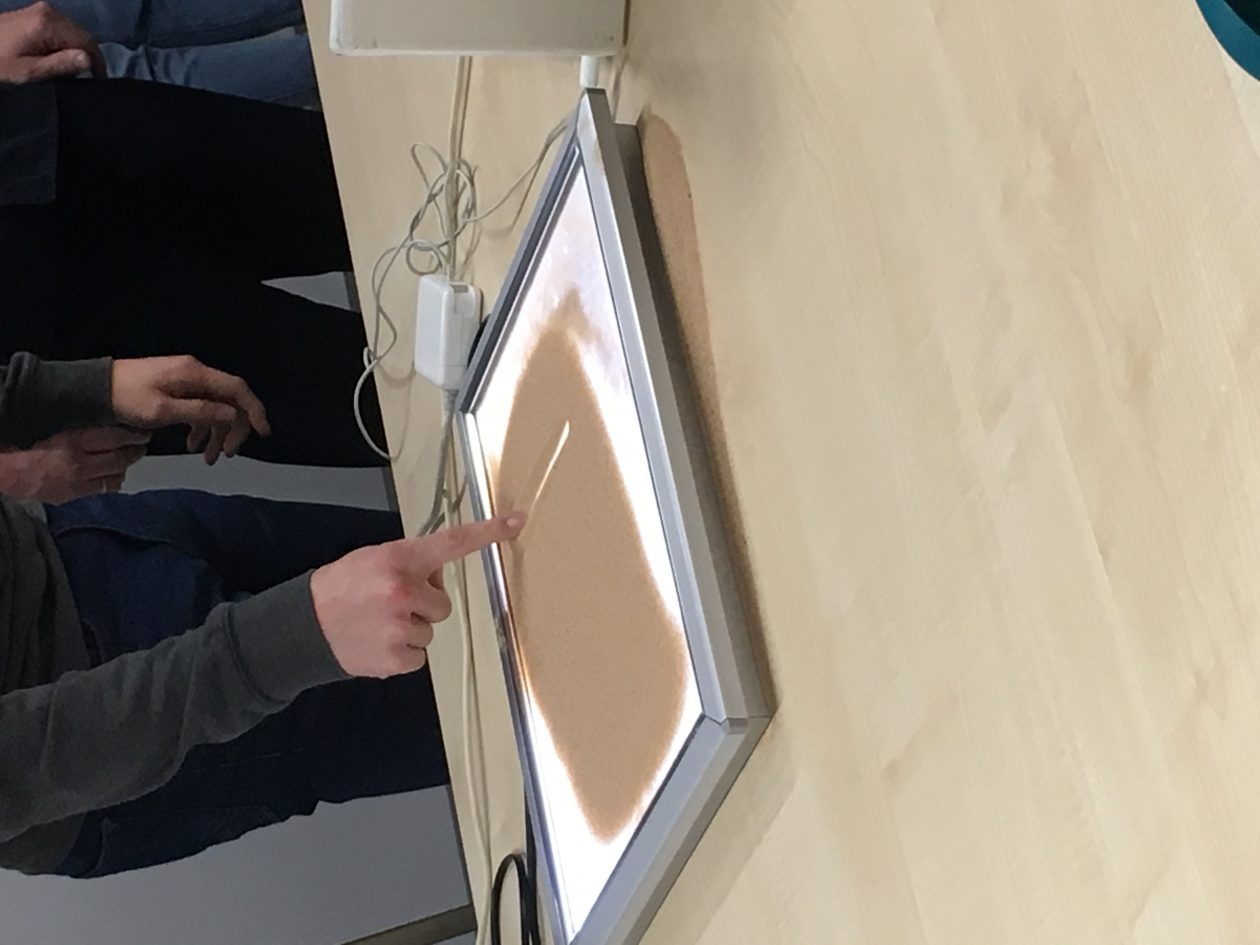
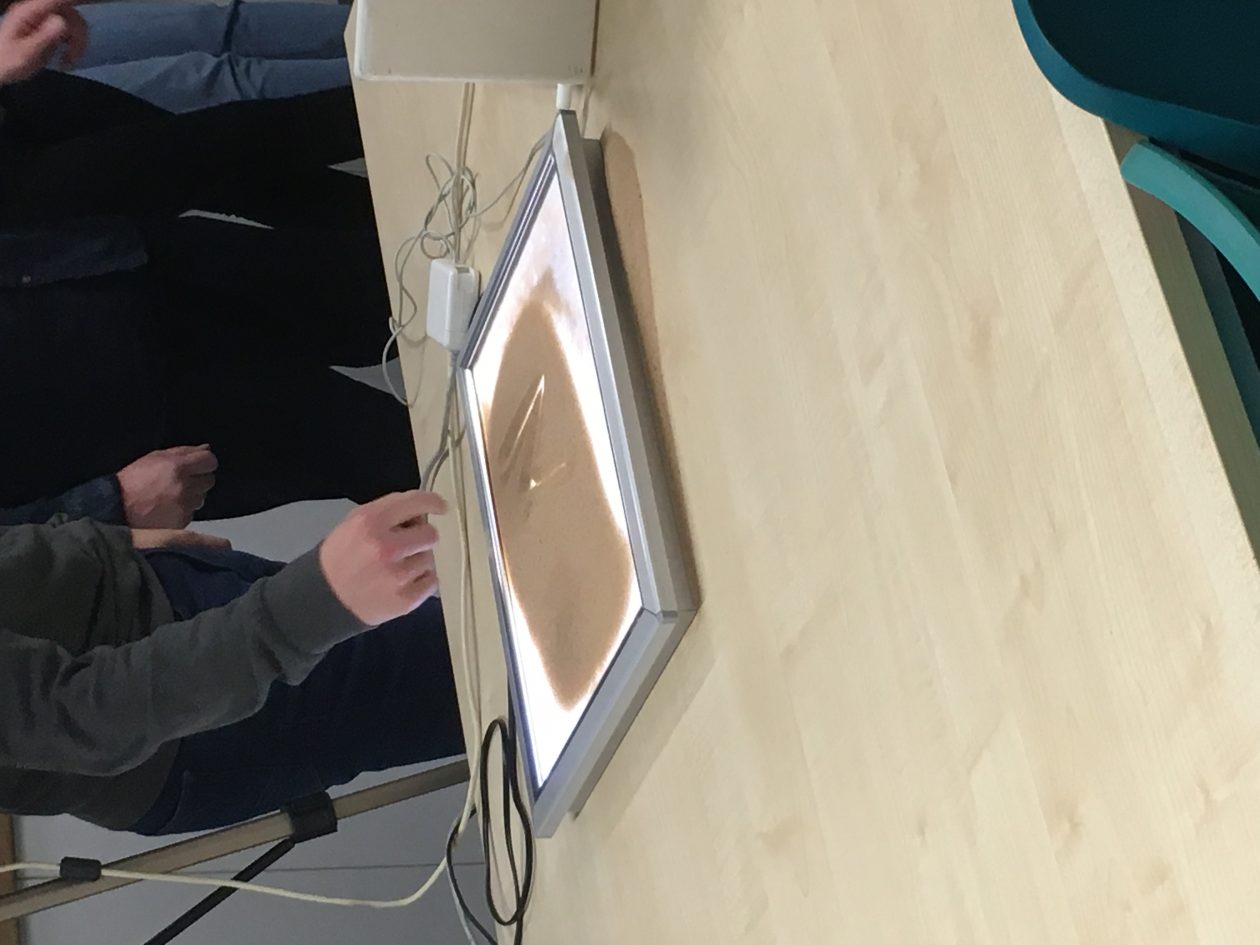
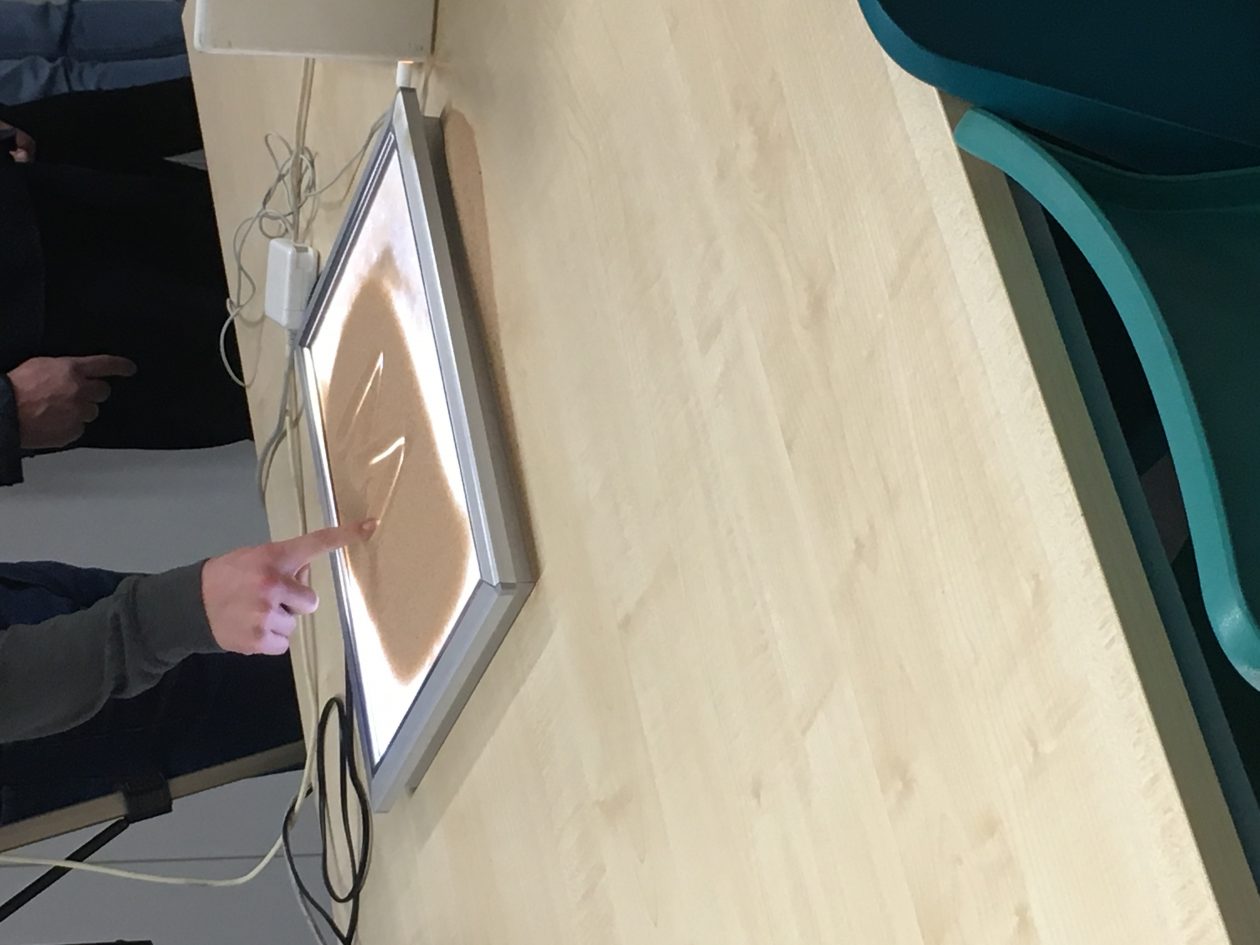
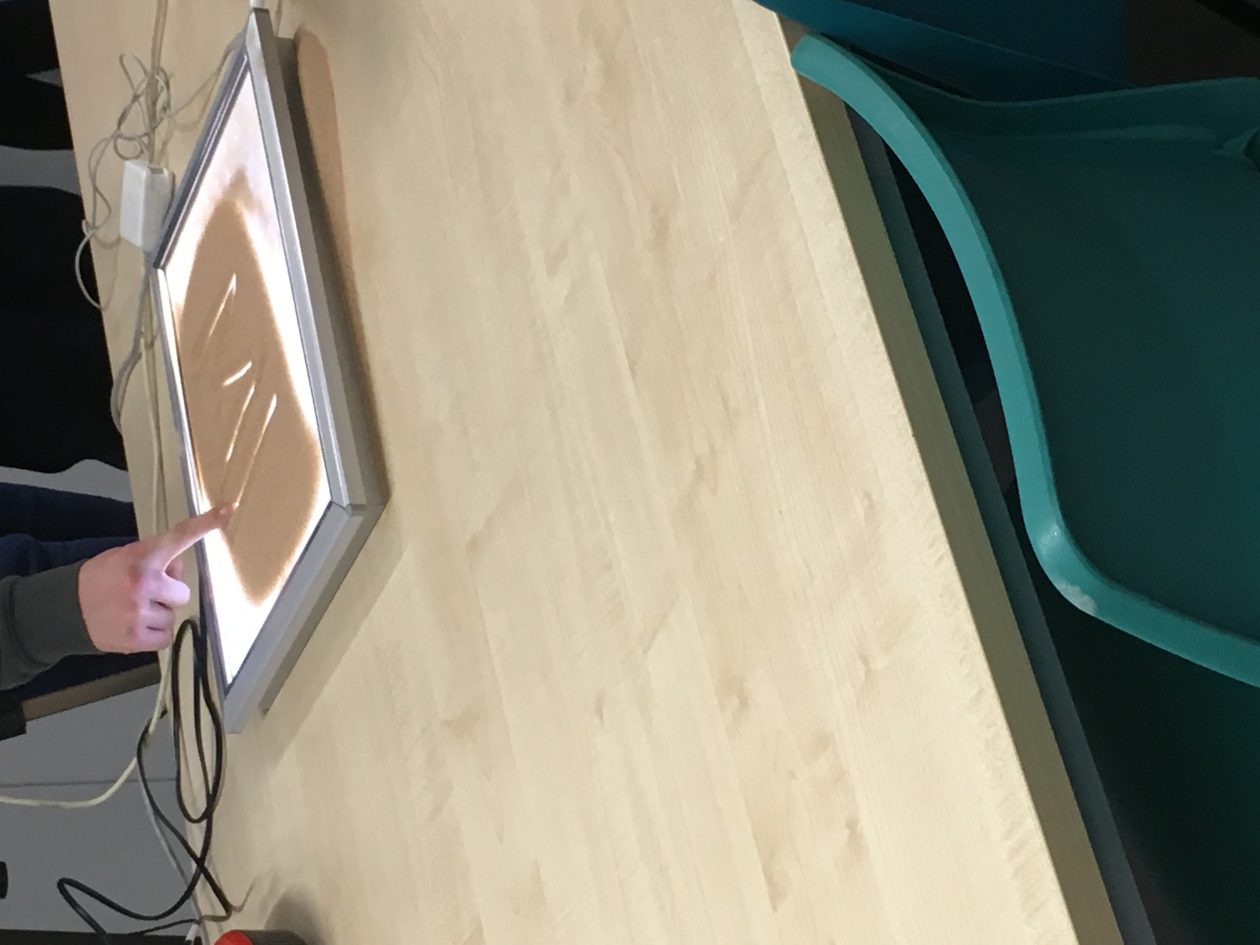
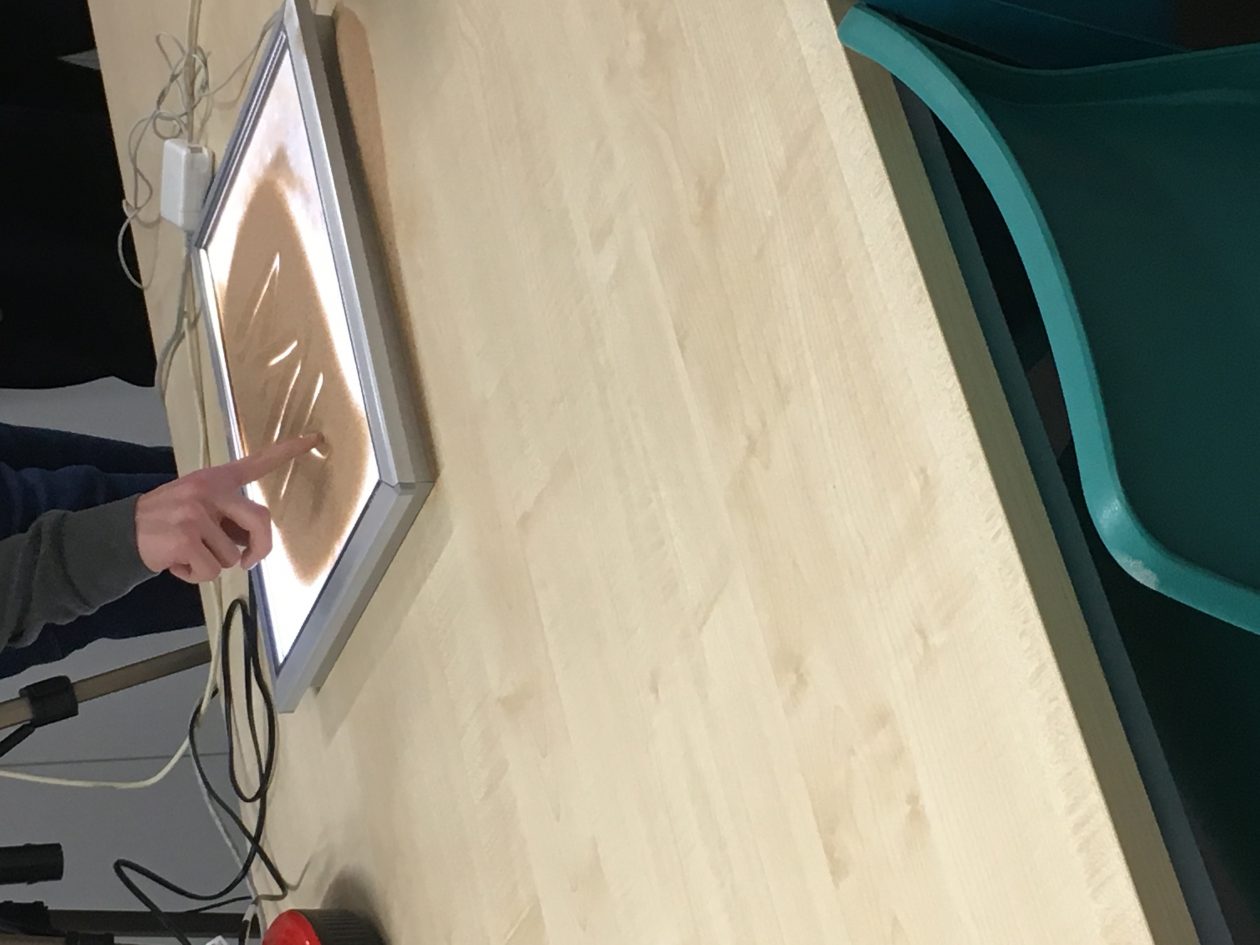
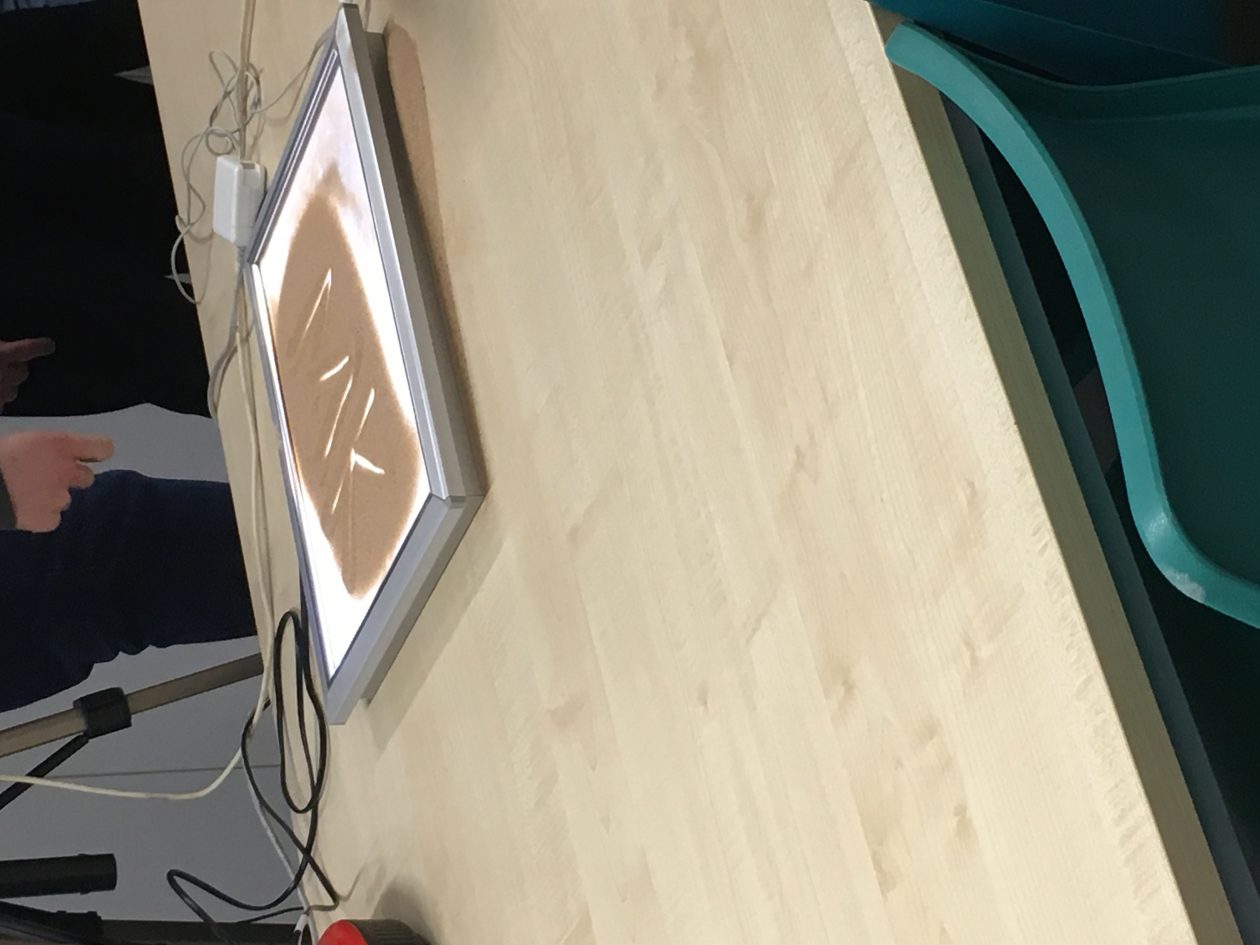
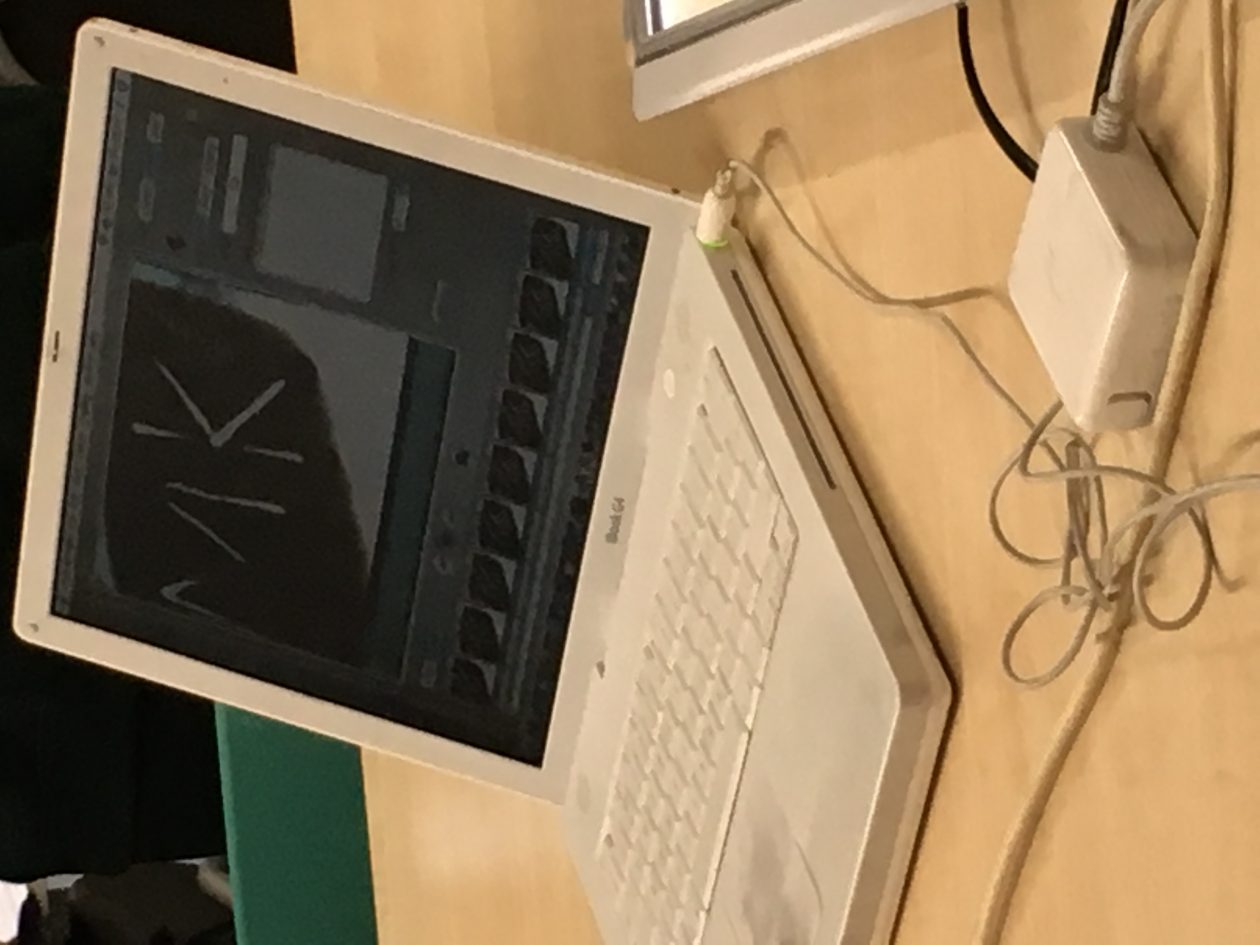
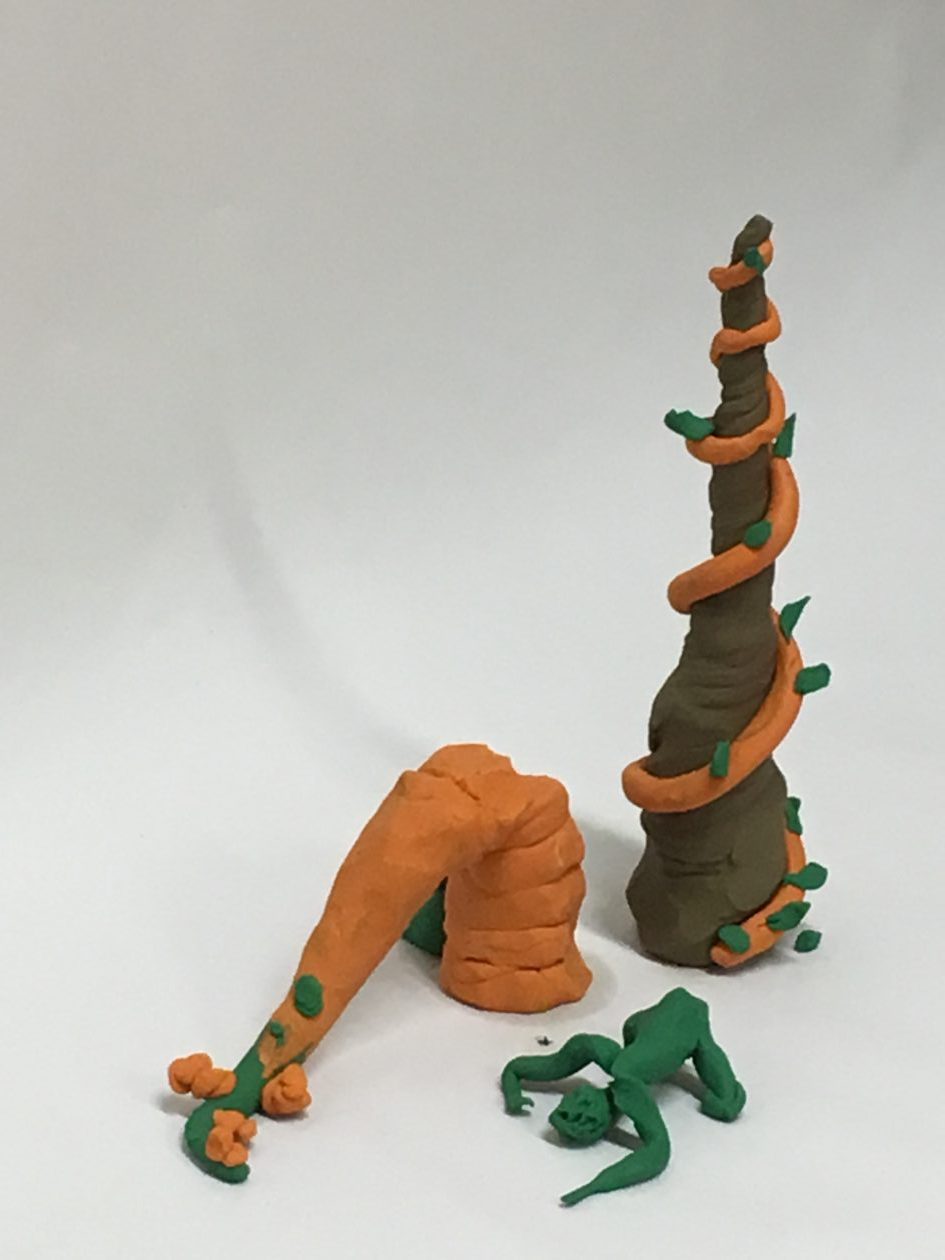
During this session we looked at the multitude of uses for Animation in the Primary classroom setting; from re-telling of Nursery Rhymes to hands-on action – creating ‘Critical Thinkers’. The focus was on the different mediums of Animation, with later reference to the timelines/history of Animation.
I have gained an insight to the cross-curricular link between the Expressive Arts and Technology.
I have began consideration into lunch time clubs and how they would be affective for animation lessons. As animation lessons can take a long time to assemble and formulate, I feel that a lunch time/after school club would be exponentially beneficial for many reasons. One reason is that the children will generally have longer to finish their animations and more of a chance to tweak aspects when desired. This is important because the children should feel secure in their creations and should have the ability for formative change and progression of expression. Another reason is that the teacher of the club is not limited by the curriculum, as the club would be extra-curricular/taking place out-with the classroom. One more reason is that the student participants attend these sessions willingly, and are dedicated to the learning that is taking place. This willingness to learn creates a conducive atmosphere which students and teachers can feed off of. It is also worth noting that the teachers of these clubs are also dedicated to this learning, showing their own excitement – this makes for more memorable teachers; teachers who are set apart from the others.
A memorable, unique teacher is what I aspire to be, and helps add a fresh perspective to teaching making them highly sought after and likely to be hired.
Styles of Animation:
- stop motion – clay, paper
- computer generated image
- flick books
- thaumatrope etc
I have learned:
- The older styles of animation’s names (i.e. the thaumatrope and the zoetrope – I was familiar with the concepts beforehand)
- How to bring animation to life in the classroom
- The Latin translation of Animation: to make life
I have gained:
- Skills for how to set up Animation experiments and activities
- Ideas for how to use animation in placement
- Resourcefulness – I assumed that Animation had to have a Digital context within the classroom, but realised that there’s a great deal to be learned in going back to basics
I will consider for next time:
- Techniques to research – including ‘Cutout’ (https://movingimageeducation.org/create-films/animation/cutout) as a potential resource to use within the classroom
- The role that Animation plays in our daily lives, and how affected children are by Animation – I will also look at this considering the recent past, where (for example) computer Animated films were less prolific
Reference: ‘D fie foe’ and Scottish Film Limited (n.d.) Cutout: Moving image education. Available at: https://movingimageeducation.org/create-films/animation/cutout (Accessed: 4 March 2017).
